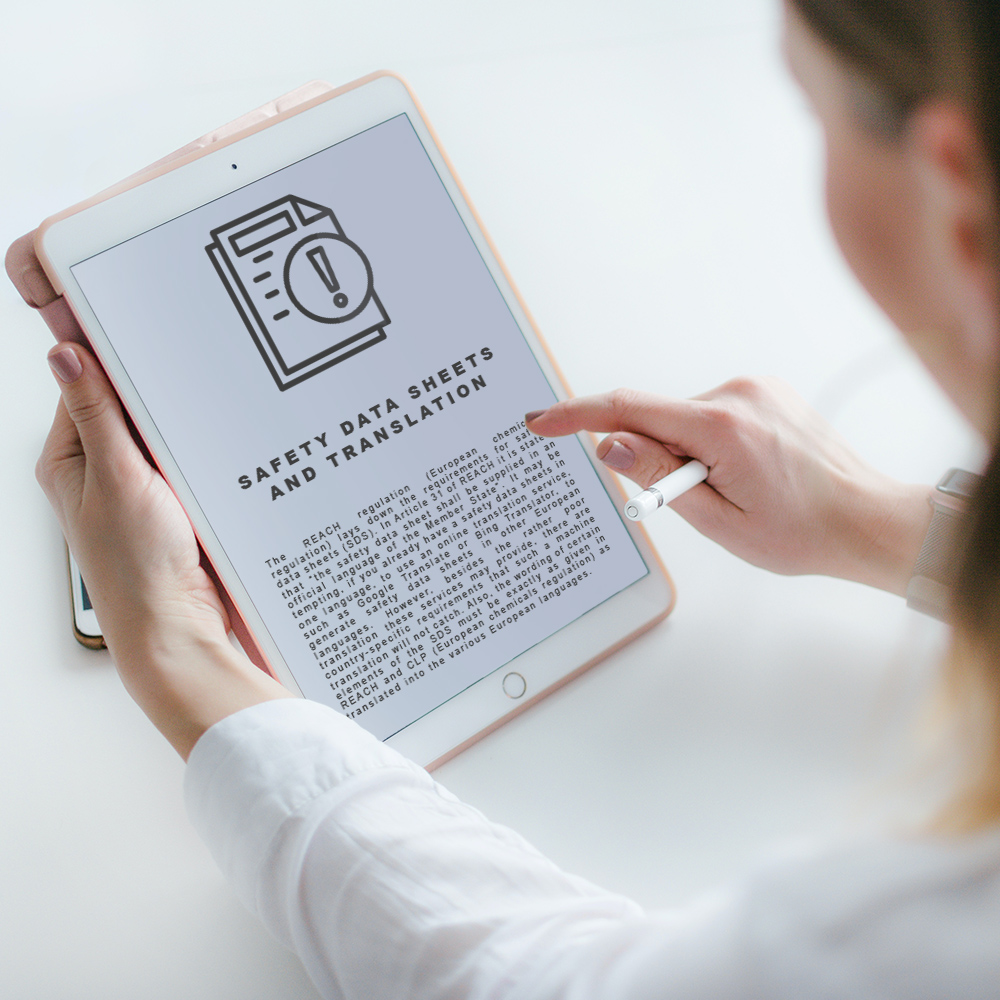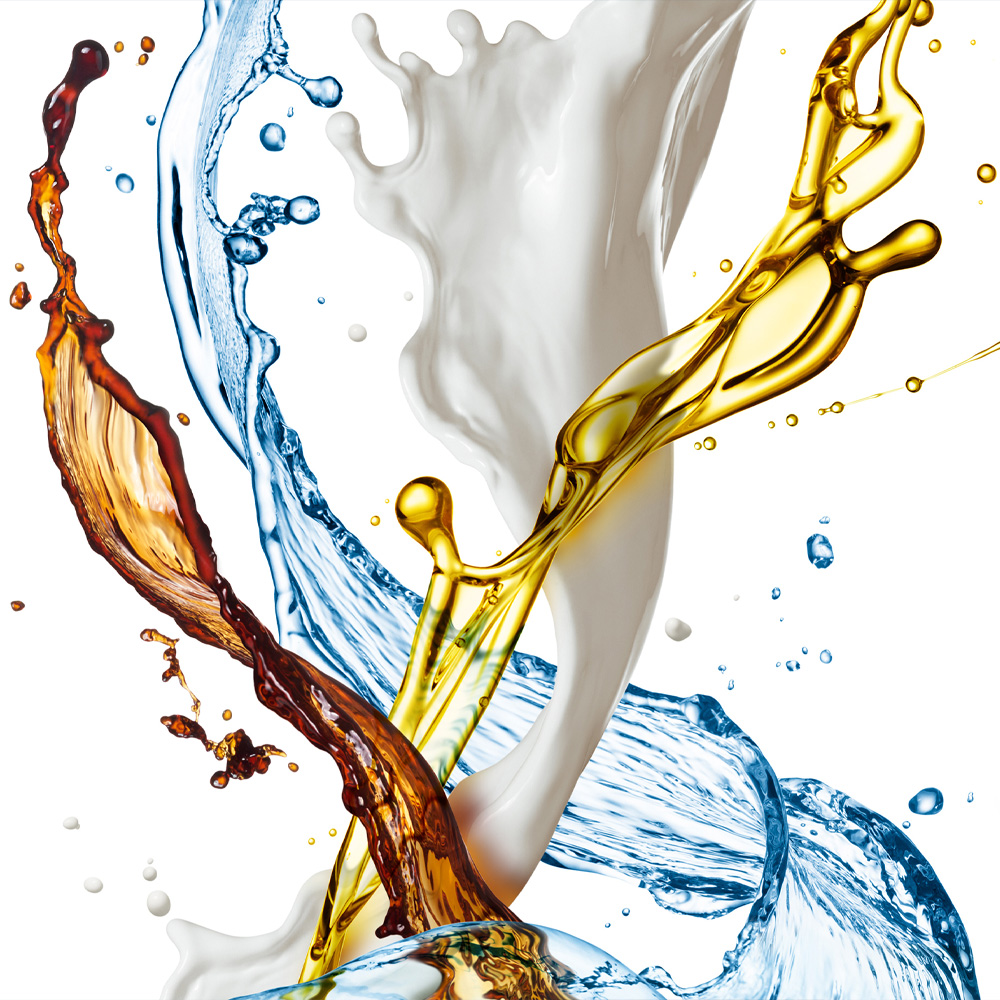The REACH regulation (European chemicals regulation) lays down the requirements for safety data sheets (SDS). In Article 31 of REACH it is stated that “the safety data sheet shall be supplied in an official language of the Member State”. It may be tempting, if you already have a safety data sheets in one language, to use an online translation service, such as Google Translate or Bing Translator, to generate safety data sheets in other European languages. However, besides the rather poor translation these services may provide, there are country-specific requirements that such a machine translation will not catch. Also, the wording of certain elements of the SDS must be exactly as given in REACH and CLP (European chemicals regulation) as translated into the various European languages.
A safety data sheet contains 16 sections detailing the characteristics and properties of the product and its constituents. The following sections require not only translation to national language but also that country specific requirements are fulfilled.
- Identification (section 1)
If an official advisory body exists in the member state, its telephone number must be given, which of course if different from country to country
- Hazards (section 2)
Label elements such as signal words, hazard statements, and precautionary statements must be stated using the exact wording given in Annexes I-IV of the CLP regulation. A machine translation that provides a phrase with the same meaning but in different words, is not acceptable
- Composition (section 3)
Names of the listed chemicals must be in the national language
- Exposure and protection (section 8)
National occupational exposure limits must be given. Each country has their own exposure limits
- Disposal (section 13)
National and/or regional provisions for disposing of waste must be referred to
- Transportation (section 14)
The proper shipping name must be translated. The UN provides translations in Arabic, Chinese, English, French, Russian, and Spanish
- Regulations (section 15)
Where relevant, any national laws must be mentioned
Besides these pitfalls when compiling safety data sheets, countries may have various requirements to safety data sheets in addition to the requirements laid down in REACH.



